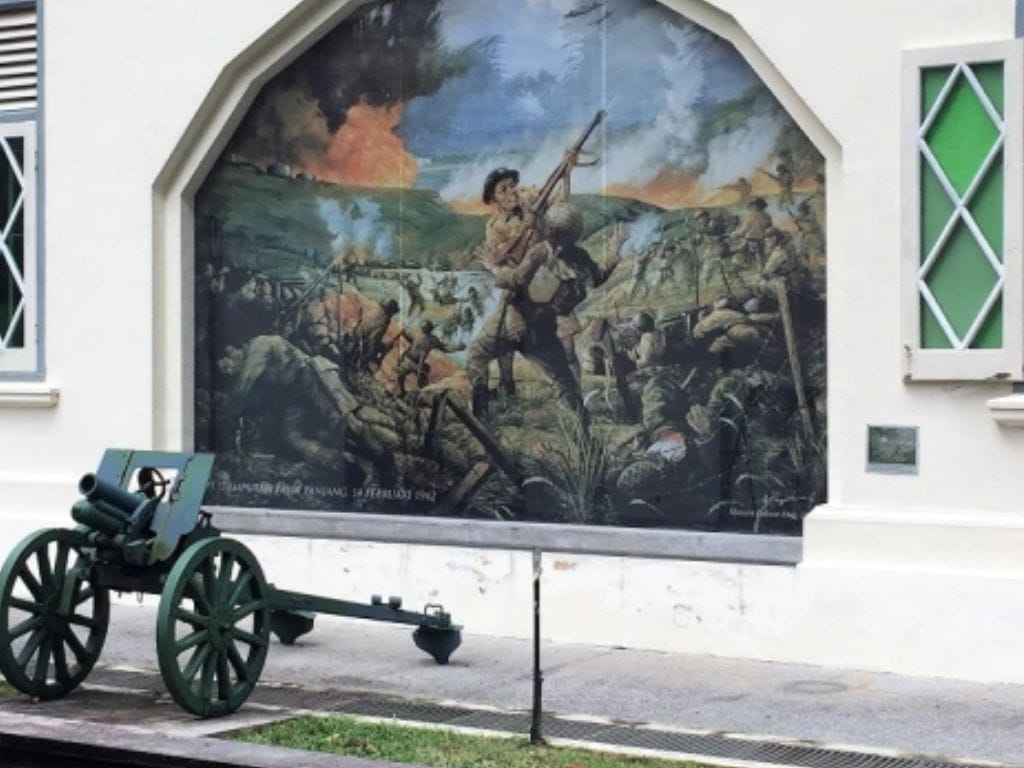10 History Facts about Reflections at Bukit Chandu
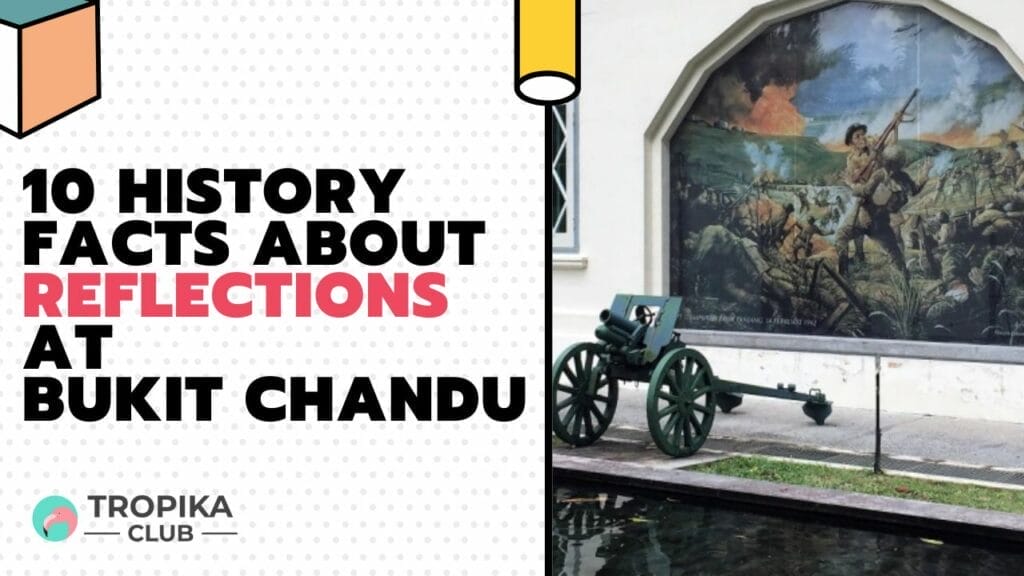
No Time to Read? Here’s a Snappy Summary of This Article
- Sacrificial Valor: Singaporean soldiers fought bravely despite overwhelming odds in World War II.
- Last Stand: Bukit Chandu witnessed intense fighting during the Battle of Pasir Panjang.
- Japanese Invasion: The site showcases the brutal realities of the Japanese occupation.
- Heritage Preservation: Bukit Chandu now stands as a memorial to wartime sacrifice.
- Cultural Fusion: It highlights the multiculturalism of Singapore and its historical significance.
- Educational Hub: Visitors can explore exhibits, films, and guided tours for insights.
Table of Contents
- No Time to Read? Here’s a Snappy Summary of This Article
- 1. The Battle of Pasir Panjang
- 2. The Formation of the Malay Regiment
- 3. The Last Stand at Bukit Chandu
- 4. The Colonial Bungalow’s History
- 5. Bukit Chandu’s Opium Legacy
- 6. Engaging and Educational Exhibits
- 7. The Symbolism of the Keris Panjang
- 8. Reflections as an Educational Resource
- 9. Commemorative Significance
- 10. A Testament to Singapore’s Resilience
- Meanwhile, Check Out Tropika Club’s Ecosystem of Websites
Introduction
Nestled in the lush greenery of Pasir Panjang, Reflections at Bukit Chandu stands as a poignant reminder of Singapore’s wartime past. This article, crafted with insights from Tropika Club Magazine’s historical experts, unveils ten captivating facts about this significant site, offering a deeper understanding of Singapore’s heritage.

1. The Battle of Pasir Panjang
The Battle of Pasir Panjang, commemorated by Reflections at Bukit Chandu, was a defining moment in the Japanese invasion of Singapore during World War II. This intense confrontation saw the Malay Regiment, a unit formed by the British, valiantly defending against a much larger Japanese force. Their bravery in the face of overwhelming odds remains a poignant chapter in Singapore’s history, symbolizing resistance and courage under dire circumstances.
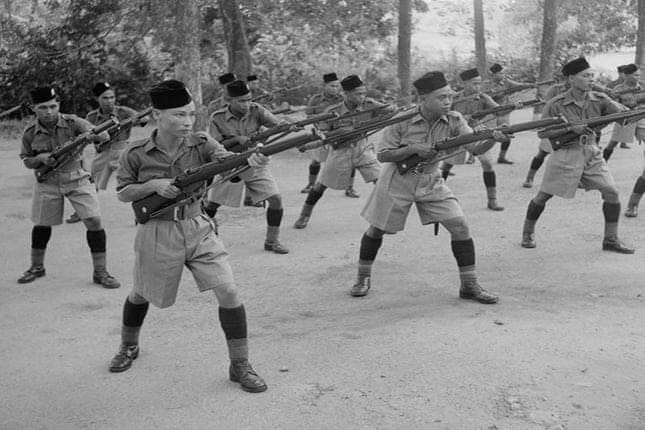
2. The Formation of the Malay Regiment
The Malay Regiment, central to Bukit Chandu’s history, was established by the British in 1933. Comprising primarily Malay soldiers, this regiment became a crucial element in Singapore’s defense during World War II. Their involvement at Bukit Chandu highlights not only their military significance but also their role in shaping Singapore’s national identity, blending military prowess with cultural heritage.
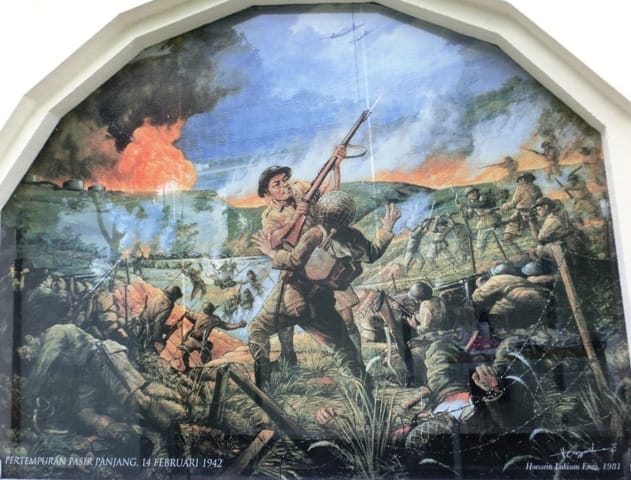
3. The Last Stand at Bukit Chandu
Bukit Chandu, translating to “Opium Hill” in Malay, was the backdrop for the Malay Regiment’s last stand on 14 February 1942. Despite facing a vastly superior Japanese force, the regiment fought with unmatched bravery. This historic stand, marked by sheer determination and sacrifice, has become an integral part of Singapore’s wartime narrative, embodying the spirit of defiance against insurmountable odds.

4. The Colonial Bungalow’s History
The Reflections at Bukit Chandu is set within a beautifully restored colonial bungalow, a relic of the early 20th century. This architectural gem, characterized by its striking black and white façade, serves as a physical connection to Singapore’s colonial era. It stands as a reminder of the country’s transformation from a British colony to a modern city-state, encapsulating a significant period in Singapore’s historical timeline.
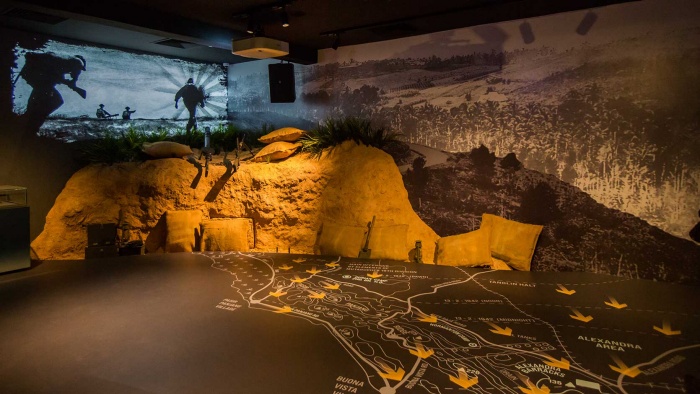
5. Bukit Chandu’s Opium Legacy
The name “Bukit Chandu” is rooted in the area’s history as a hub for opium processing during British rule. This aspect of its past ties the site to the broader economic and social history of colonial Singapore, offering a glimpse into the complexities of its colonial economy and the various influences that shaped the nation’s early years.
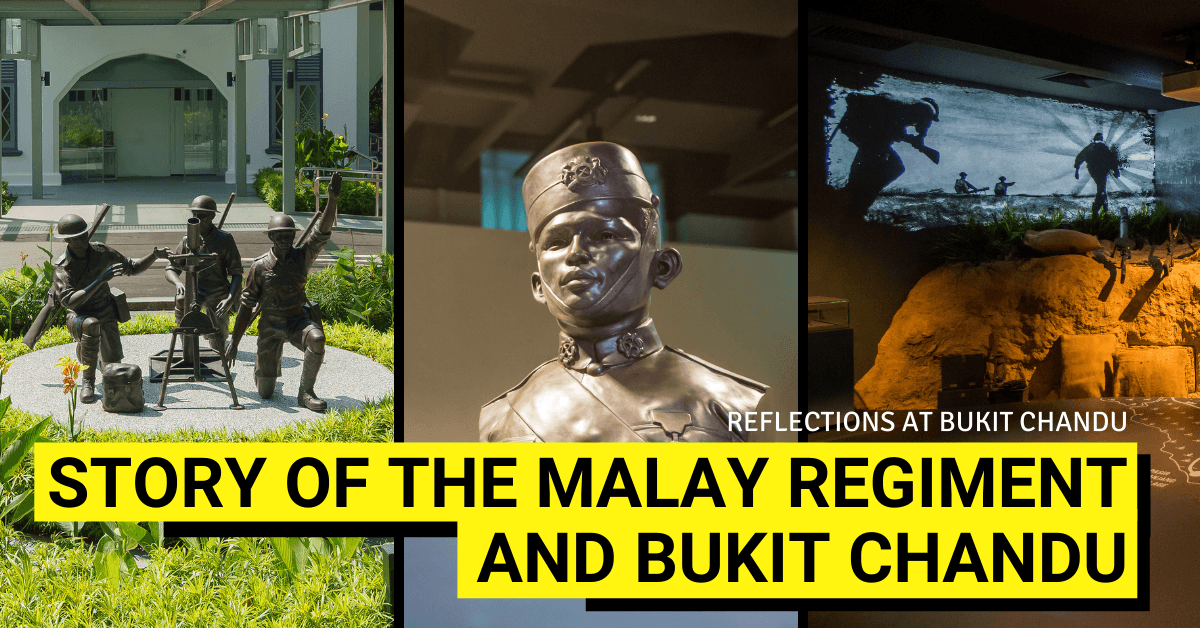
6. Engaging and Educational Exhibits
The centre’s interactive exhibits provide a vivid portrayal of the Malay Regiment’s story. These displays, a blend of personal narratives, historical artifacts, and multimedia presentations, create an engaging and educational experience. They offer visitors, especially those unfamiliar with Singapore’s wartime history, a comprehensive and immersive understanding of the events and sacrifices that shaped the nation’s past.
_
Read Also:
Top 10 Things to See and Do at Pasir Panjang, Singapore
_
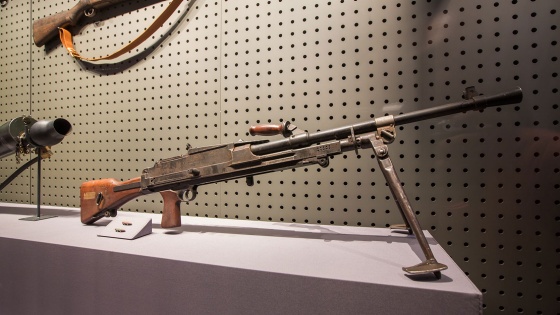
7. The Symbolism of the Keris Panjang
A key feature of the centre is the Keris Panjang, a traditional Malay weapon symbolizing the valor and spirit of the Malay Regiment. This cultural emblem, prominently displayed, represents not just the military aspect of the regiment’s history but also its cultural significance, linking the past to the present and celebrating the rich tapestry of Singapore’s cultural heritage.
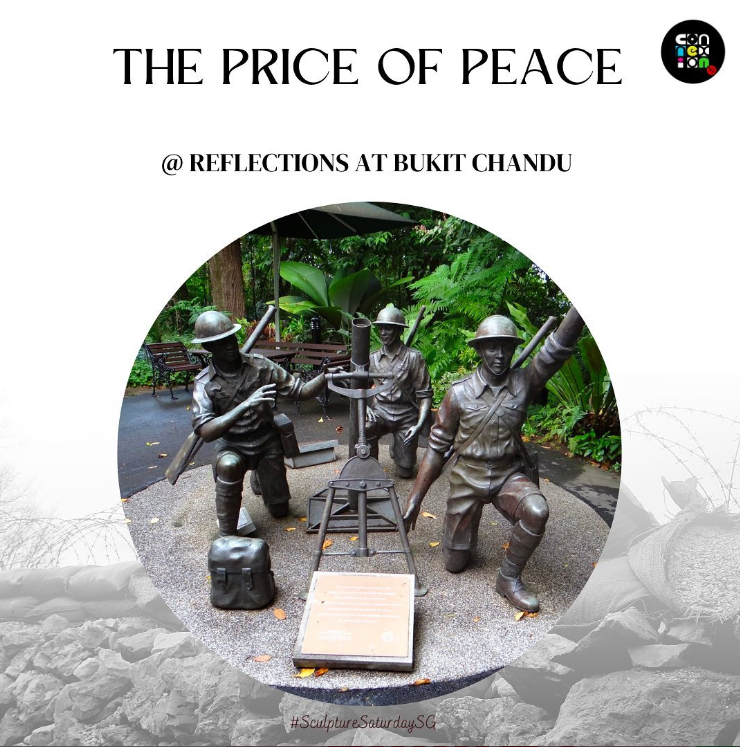
8. Reflections as an Educational Resource
Reflections at Bukit Chandu serves an important educational function, especially for Singapore’s younger generations. It provides a tangible link to the nation’s history, fostering a deeper understanding and appreciation of the sacrifices made during World War II. Through its educational programs and exhibits, the centre plays a vital role in preserving Singapore’s historical legacy for future generations.

9. Commemorative Significance
The site is a focal point for annual commemorative events, particularly on Total Defence Day, honoring those who fought in the Battle of Pasir Panjang. These events are not just ceremonial; they are a powerful reminder of the importance of resilience, unity, and the spirit of defiance in the face of adversity, which are integral to Singapore’s national identity.
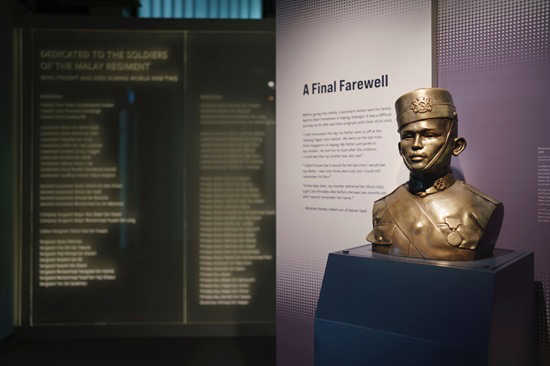
10. A Testament to Singapore’s Resilience
Reflections at Bukit Chandu is more than just a historical site; it is a symbol of Singapore’s enduring spirit and resilience. It stands as a tribute to those who fought and sacrificed for their homeland, and as a reminder of the strength and determination that have driven Singapore’s journey from a wartime battleground to a thriving modern nation.
Conclusion
Reflections at Bukit Chandu is more than a historical site; it’s a journey through Singapore’s past, echoing the bravery and resilience of those who stood their ground. As we walk through its halls, we’re reminded of the sacrifices that shaped Singapore, inspiring us to appreciate and preserve our rich heritage.

Frequently Asked Questions (FAQ)
Q: Can I visit Reflections at Bukit Chandu?
A: Yes, Reflections at Bukit Chandu is open to visitors. Plan your trip and explore this historical site firsthand.
Q: What are the highlights of Reflections at Bukit Chandu?
A: The museum showcases the heroic stand of the Malay Regiment during World War II and offers insights into Singapore’s wartime history.
Q: Is Reflections at Bukit Chandu suitable for families?
A: Absolutely! It’s an educational experience suitable for all ages, offering interactive exhibits and guided tours.
Q: Are there any special events or exhibitions at Reflections at Bukit Chandu?
A: Keep an eye out for special events and exhibitions held at the museum, providing deeper insights into Singapore’s history.
Q: How can I get to Reflections at Bukit Chandu?
A: Reflections at Bukit Chandu is easily accessible by public transport or car. Check the official website for directions and transportation options.
Q: Is there a souvenir shop at Reflections at Bukit Chandu?
A: Yes, visitors can purchase souvenirs to commemorate their visit and support the museum’s preservation efforts.

Have an Article to Suggest?
Tropika Club is always looking for new and exciting content to feature in their magazine and they value the input of our readers. If you have any noteworthy content or articles that you believe would be a great addition to Tropika Club’s magazine, we are open to suggestions and encourage you to reach out to us via email at [email protected]. By doing so, Tropika Club values your expertise and knowledge in the matter and appreciates your willingness to help. We will review your recommendations and update our list accordingly
Meanwhile, Check Out Tropika Club’s Ecosystem of Websites
Tropika Club Magazine – Tropika Club Magazine is a Singapore-based publication that features articles on a wide range of topics with a focus on local businesses and content for the region. The magazine emphasizes supporting local businesses through its #SupportLocal initiative, which includes coverage of everything from neighborhood hawker stalls to aesthetic clinics in town. In addition to highlighting local businesses, Tropika Club Magazine also covers a variety of local content, including beauty, lifestyle, places, eats, and what’s on in Singapore and the Asia Pacific region.



